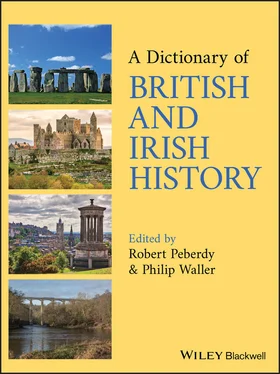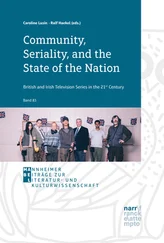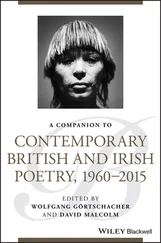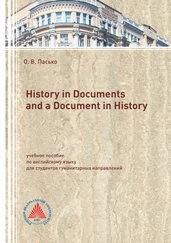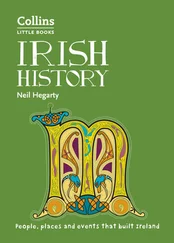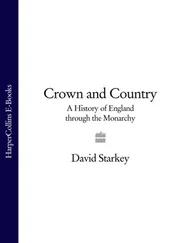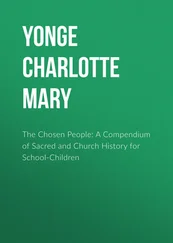Relations deteriorated from Dec. 1568 when Genoese‐owned bullion was seized from Spanish ships taking shelter in English ports. Retaliation, ordered by Spain’s ambassador, included banning English imports into the Netherlands. In 1570–1, following the Pope’s excommunication of Elizabeth, Philip encouraged the RIDOLFI PLOT. Relations improved, and trade restarted, in 1573 (convention of Nijmegen). Elizabeth ostensibly acted as mediator in the Netherlands, despite pressure to intervene from English Protestants, while allowing English seamen to attack Spanish ships in the Americas.
In Aug. 1585, fearing a Spanish victory, Elizabeth agreed to assist (Dutch) rebels in the northern Netherlands. She dispatched military forces (from Aug. 1585), and a naval expedition attacked Spanish ports in the Americas (1585–6). The land force, as initially led by Robert, earl of LEICESTER (1585—6, 1587), had limited effect (although troops remained). Philip responded by planning an invasion of England. Delayed in 1587 by an English raid on Cádiz (SW Spain), it was thwarted in 1588 ( see SPANISH ARMADA). The English attempted a revenge attack on Spanish‐ruled Lisbon (Portugal) in 1589, commanded by Francis DRAKE.
In the 1590s England mounted five major naval expeditions, including another attack on Cádiz (1596). Spain sent three expeditions, two of them to Ireland ( see NINE YEARS WAR). English troops also supported Dutch land forces. Peace was concluded in 1604 by JAMES VI/I of England. See also SPAIN, ENGLISH AND BRITISH RELATIONS WITH.
ANGLO‐WELSH RELATIONS, 6TH–13TH CENTURIES
During this period, relations were usually antagonistic, with English rulers normally in the stronger position, but positions often varied according to shifting political conditions, especially in England.
In the 6th and 7th centuries Welsh and English kings sometimes made equal alliances ( see CADWALLON AP CADFAN). But Mercian expansion in the 7th and 8th centuries confined Welsh rulers ( see BORDER, ANGLO‐WELSH). The rise of WESSEX (9th and 10th centuries) and creation of England increased subjugation: in the 10th century Welsh kings were compelled to acknowledge the English king, at his court, as overlord ( see ENGLAND, FORMATION OF). In the early 11th century Welsh kings, such as GRUFFUDD AP LLYWELYN, exploited political instability in England by raiding England.
The advent of NORMANS from the 1070s further disadvantaged Welsh rulers. With the creation of the MARCH OF WALES, they additionally confronted Norman (later English) lords, whose outlook generally (but not always) reflected English royal policy. Norman and Angevin rulers of England (respectively 1066–1154, 1154–1216) generally sought to maintain overlordship over Welsh rulers rather than attempt conquest. Relations were sometimes peaceful ( see SIWAN), and Welsh fortunes flourished under OWAIN GWYNEDD of Gwynedd and RHYS AP GRUFFUDD of DEHEUBARTH in the 12th century, and under the princes of Gwynedd in the 13th century, until the breakdown of relations under LLYWELYN AP GRUFFUDD of Gwynedd led to the conquest of 1282–3 under EDWARD I ( see WALES, ENGLISH CONQUEST OF). See also WALES.
ANGUS, DOUGLAS EARLS OFA Scottish noble family, known as the ‘Red Douglases'; flourished 1389–1761. They were descendants of George Douglas (c.1378–1402 or 1403), illegitimate son of William, (1st) earl of Douglas, and Margaret Stewart, countess of Mar and heiress to the Angus earldom. In 1389 Margaret Stewart resigned the earldom (in E Scotland) to George Douglas. The ‘Red Douglases' became the senior Douglas family in 1455 (see DOUGLAS, EARLS OF). See also DOUGLAS, ARCHIBALD (c.1489–1557). ANNALES CAMBRIAE(Latin, meaning ‘Annals of Wales'). Latin annals recording events in Welsh history to the 13th century; probably started at ST DAVIDS in the 8th century. Three versions survive: two from St Davids (from c.955, 1288) and one from Neath (c.1286). See also BRUT Y TYWYSOGION . ANNE
(b. 6 Feb. 1665 at Westminster, Middlesex, England; d. 1 Aug. 1714 at Westminster, aged 49). The second daughter of James, duke of York (JAMES VII/II from 1685), Anne was raised as a Protestant. She married in 1683. She supported the accession in 1689 of WILLIAM III and MARY II (her elder sister), following James’s flight ( see GLORIOUS REVOLUTION), and accepted succession arrangements made after her heir’s death in 1700 ( see SETTLEMENT, ACT OF).
Anne succeeded William on 8 March 1702, becoming queen of England, Ireland and Scotland. Her reign was dominated by the War of the SPANISH SUCCESSION, struggles between WHIGS and TORIES, and UNION OF ENGLAND AND SCOTLAND (1707). Until 1710 Anne was guided by Lord GODOLPHIN.
Anne’s attachment to the Church of ENGLAND made her sympathetic to Tories. But their objections to the war led to reliance on Whig ministers from 1704. Her resentment of this contributed to estrangement from her confidante Sarah CHURCHILL (duchess of Marlborough), and appointment of Tory ministers including Robert HARLEY (both 1710). The Army commander, the duke of MARLBOROUGH, was dismissed in 1711, and peace was negotiated.
Anne dismissed Harley in July 1714. Her appointment of the duke of SHREWSBURY as treasurer facilitated the succession of GEORGE I. See also CABINET; OCCASIONAL CONFORMITY; UTRECHT, PEACE OF; HANOVERIAN SUCCESSION.
ANNE OF CLEVES(b. 22 Sept. 1515 in duchy of Cleves, Germany; d. 16 July 1557 at Chelsea, Middlesex, England, aged 41). The sister of William, duke of Julier‐Cleves, Anne became the fourth wife of King HENRY VIII of England (married 6 Jan. 1540). The marriage was negotiated by Thomas CROMWELL to provide an alliance with an important German state. Henry found Anne unattractive and the marriage was unconsummated. Cromwell subsequently fell from office. The marriage was declared annulled on 9 July 1540. Anne remained in England. See also HENRY VIII, WIVES OF. ANNEXING ACTAn Act of the British Parliament, passed in 1752, which annexed to the Crown 13 estates forfeited by Jacobites; one of the punitive measures taken after the JACOBITE REBELLION of 1745. Income was assigned to a Board of Annexed Estates, which was established in 1755 and consisted of 28 government appointees (mostly Scotsmen). It funded education and promoted Protestantism in the HIGHLANDS. The estates were restored to their owners, and the Board disbanded, in 1784. See also SOCIETY IN SCOTLAND FOR PROPAGATING CHRISTIAN KNOWLEDGE. ANSELM
(b. 1033 at Aosta, Italy; d. 21 April 1109 at Canterbury, Kent, England, aged 76). Anselm became a pupil of LANFRANC at Bec monastery, NORMANDY (1059), then a monk (1060), prior (1063) and abbot (1078). In 1093 he was appointed archbishop of CANTERBURY in England by King WILLIAM II.
Relations with William were difficult. Eventually, when William forbad an appeal to the Pope, Anselm went into exile (1097). He was recalled (1100) by Henry I. But Anselm opposed royal investiture of bishops and returned to exile (1103–6). He and Henry agreed a compromise (1106, confirmed 1107; see HENRY I). Anselm wrote influential theological works, including the Proslogion which propounds an all‐inclusive single proof for the existence of God. He was canonized in 1494.
ANTARCTIC, BRITISH INVOLVEMENT
From the 1760s, the British asserted a presence in the Pacific Ocean and searched for a long‐suspected southern continent. Following expeditions commanded by John Byron (1764–6), Samuel Wallis (1766–8) and James COOK (1768–71), the second expedition of Cook (1772–5) included three ice‐edge cruises (without sighting land) and discovery of South Georgia and the South Sandwich Islands.
Читать дальше
